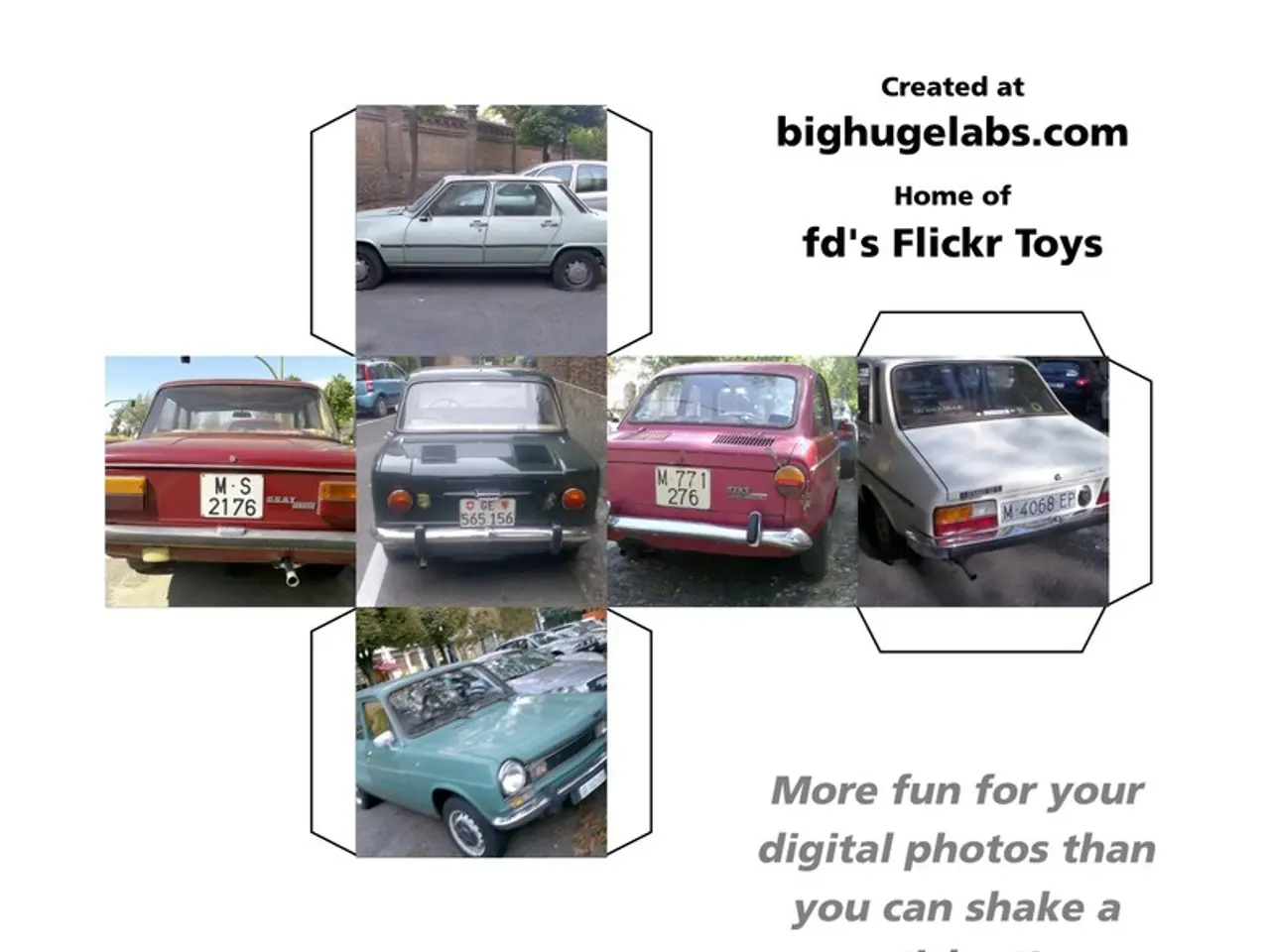Exploring the Essence of Auto Emotions: A Study on Their Characteristics, Frequency, and Triggers
In a groundbreaking study, researchers have delved into the world of emotions and their causes in a naturalistic driving environment, using Facial-Expression Analysis (FEA) to revolutionise the way we understand and address driver needs, desires, and emotions.
The research, which focused on the emotional responses of 22 participants during naturalistic driving, recorded a total of 730 emotional responses over 440 minutes. Remarkably, causes were assigned to 92% of these responses, validating the methodology for studying emotions and their causes in the driving environment.
The key findings of this study reveal the crucial role of dynamic facial expressions in emotion recognition. Temporal dynamics, driven by muscle actions, are essential for accurately identifying emotions and their intensities, especially for distinguishing ambiguous or subtle expressions such as sadness or anger, which have different visual and auditory cues.
Moreover, high-arousal emotions like anger require congruence between audio and visual signals for accurate recognition, whereas low-arousal emotions such as sadness can be robustly identified through visual cues alone. The study also highlighted the influence of facial morphological features on emotion perception, with features like brow contraction and lip tension affecting how emotions are perceived.
Advances in AI and deep learning have significantly enhanced FEA, making it more robust to ambiguous expressions. Using multimodal deep learning frameworks and data augmentation methods, such as MIDAS, which mixes video clips with soft labels, improves the accuracy of dynamic facial expression recognition.
The applications of FEA in naturalistic driving environments are far-reaching. FEA is increasingly being applied in automotive systems to monitor driver behaviour and emotional states such as fatigue, distraction, and intoxication. This aids in predicting dangerous conditions and preventing accidents.
Modern AI systems also use the Facial Action Coding System (FACS) to train models that detect micro-expressions indicative of fatigue or distraction in drivers. The EU has mandated that all new vehicles by 2026 include driver monitoring systems capable of detecting drowsiness and distraction through FEA technology.
Moreover, the European New Car Assessment Programme (Euro NCAP) requires such monitoring systems to achieve top safety ratings, highlighting the growing role of FEA in automotive safety standards. AI algorithms analyse facial cues to predict sleepiness levels and other emotional states in real-time, alerting drivers and reducing the risk of accidents caused by impaired attention or fatigue.
In conclusion, FEA in naturalistic driving settings leverages dynamic analysis of facial muscle movements to identify emotions and states related to driver safety. These technologies are becoming mandatory safety features in modern vehicles, contributing significantly to reducing road accidents and enhancing driver well-being. The future of automotive research lies in the integration of human-centered design methods, aiming to create safer, more comfortable, and emotionally intelligent vehicles for all.
References:
[1] arxiv.org/pdf/2506.13477 [2] arxiv.org/html/2506.20867v1 [3] pnas.org/doi/10.1073/pnas.2423560122 [4] eetimes.eu/face-value-ai-that-knows-when-youre-too-tired-to-drive
In the realm of science and technology, Facial-Expression Analysis (FEA) has been leveraged in health-and-wellness studies, particularly in the context of naturalistic driving. The findings from these studies demonstrated that data-and-cloud-computing advancements, such as deep learning, significantly improve the recognition of dynamic facial expressions, enabling automotive systems to monitor driver's emotional states like fatigue or distraction (references: [1], [2], [3]). This revolutionary technology is expected to play a pivotal role in safety standards, as the European Union mandates its inclusion in all new vehicles by 2026 ([4]).




